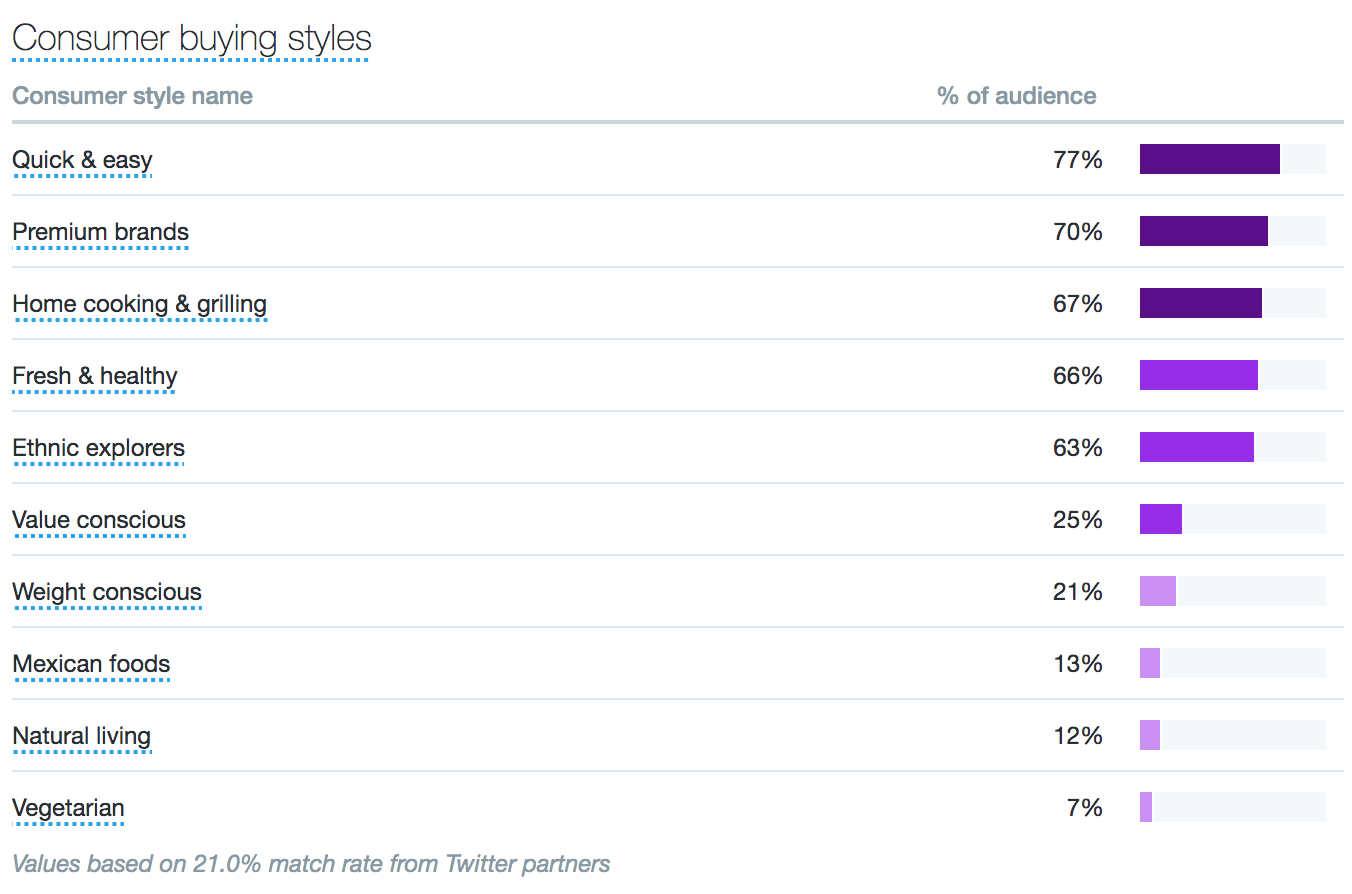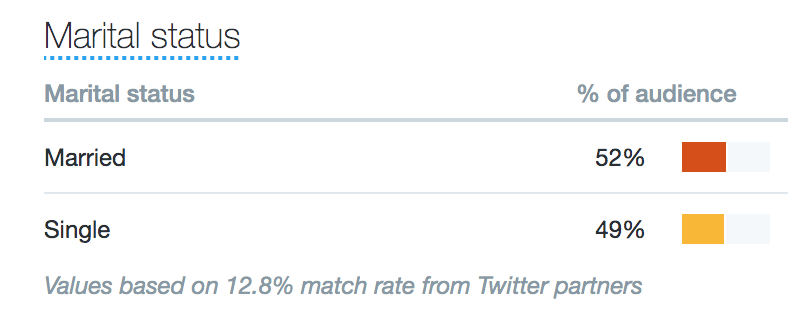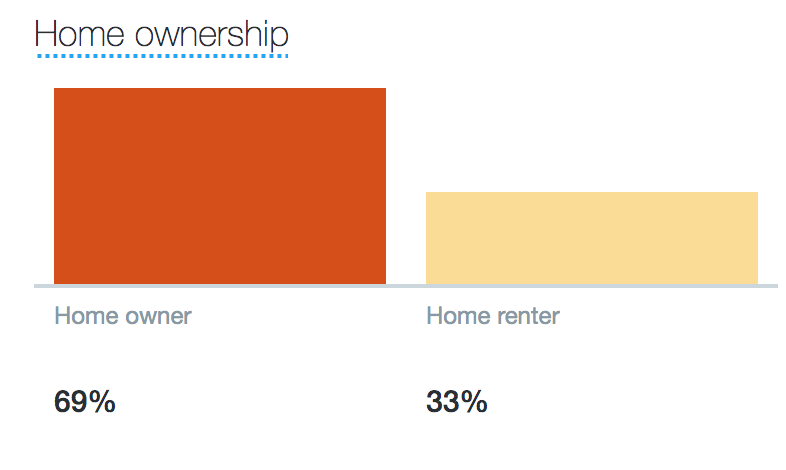3.1 Guest Lecture: Lauren Klein » Q&A on "What is Feminist Data Science?"<br />
https://www.complexityexplorer.org/courses/162-foundations-applications-of-humanities-analytics/segments/15631
https://www.youtube.com/watch?v=c7HmG5b87B8
Theories of Power
Patricia Hill Collins' matrix of domination
- no hierarchy, thus the matrix format
What are other broad theories of power? are there schools?
Relationship to Mary Parker Follett's work?
Bright, Liam Kofi, Daniel Malinsky, and Morgan Thompson. “Causally Interpreting Intersectionality Theory.” Philosophy of Science 83, no. 1 (January 2016): 60–81. https://doi.org/10.1086/684173.
about Bayesian modeling for intersectionality
Where is Foucault in all this? Klein may have references, as I've not got the context.
How do words index action?
—Laura Klein
The power to shape discourse and choose words
- relationship to soft power
- linguistic memes
Color Conventions Project
20:15 Word embeddings as a method within her research
General result (outside of the proximal research) discussed: women are more likely to change language... references for this?
[[academic research skills]]:
It's important to be aware of the current discussions within one's field. (LK)
36:36
quantitative imperialism is not the goal of humanities analytics, lived experiences are incredibly important as well. (DK)


